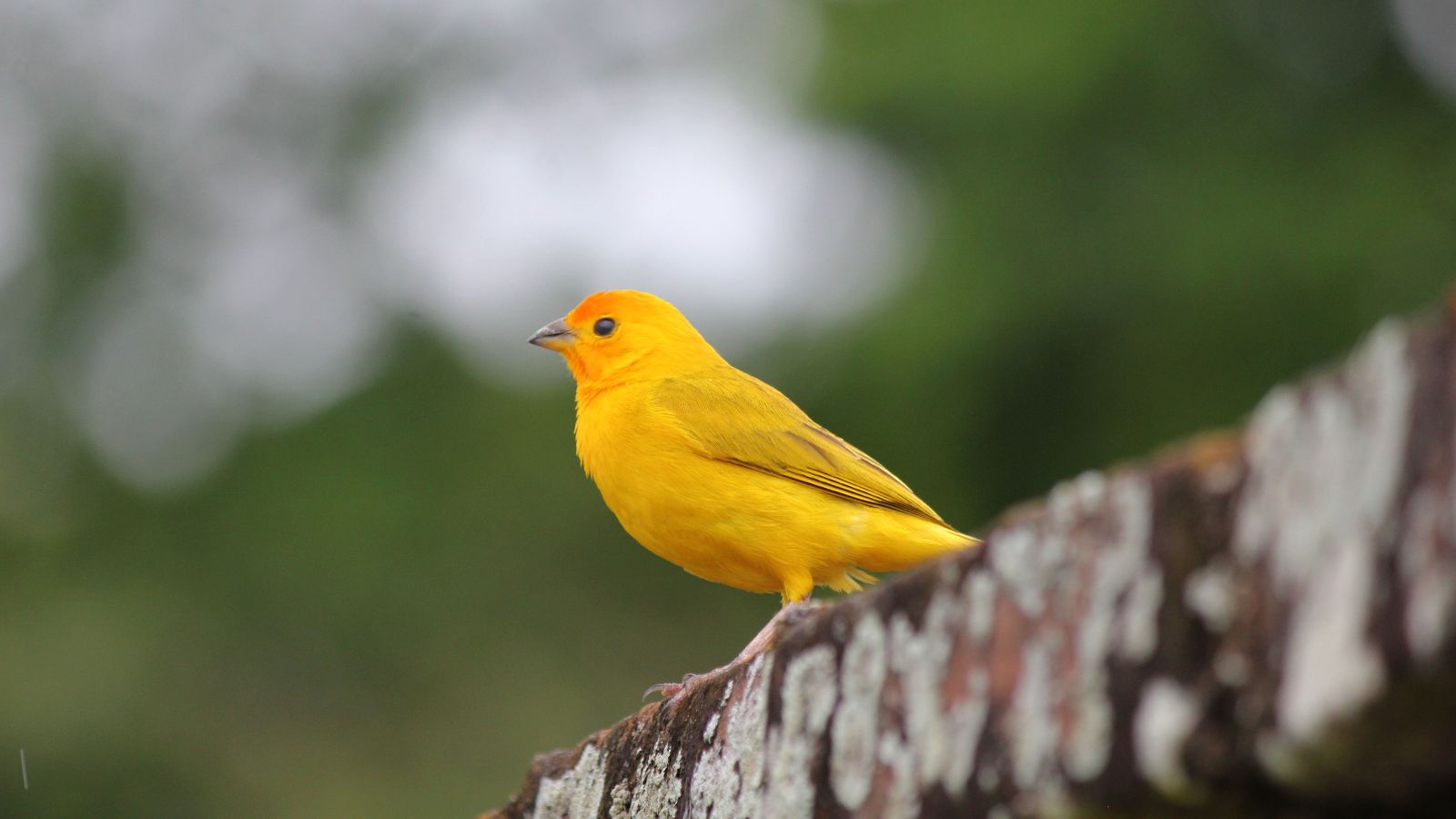The phrase “canary in a coal mine” refers to an early warning signal of danger. It originates from the mining practices of the early 20th century, particularly in Britain and the United States. Coal miners would carry small yellow canaries underground because these birds are highly sensitive to toxic gases like carbon monoxide and methane. When exposed, the birds would show signs of distress (such as fluttering, collapsing) and even die before gas levels became harmful to people, thus providing miners time to evacuate safely.
The practice began in the 1910s and was officially used in the UK until 1986, when electronic detectors replaced birds. In the course of time, the phrase evolved into a metaphor used in politics, economics, and environmental science to describe someone or something that serves as a warning of impending trouble. For example, scientists often call coral bleaching a “canary in a coal mine” for climate change, signaling deeper environmental distress.
Though the canary’s role in coal mines was tragic, it left behind a lasting image of vigilance, reminding us that early warnings should not be ignored.



